With its Zero Debris approach, ESA has demonstrated its commitment to drastically reduce the production of debris in Earth and lunar orbits by 2030 for all future missions, programmes and activities. However, the Agency’s ambitions extend beyond this short-term goal, envisioning a sustainable and safe space environment for the long term.
To transform this vision into reality, ESA is encouraging the implementation of a ‘circular economy’ in space, ensuring long-term orbital sustainability through in-orbit servicing. The circular economy encompasses various activities, including on-orbit assembly, on-orbit manufacturing, and on-orbit recycling, all supported by cutting-edge technologies for on-orbit servicing, rendezvous, and close-proximity operations.
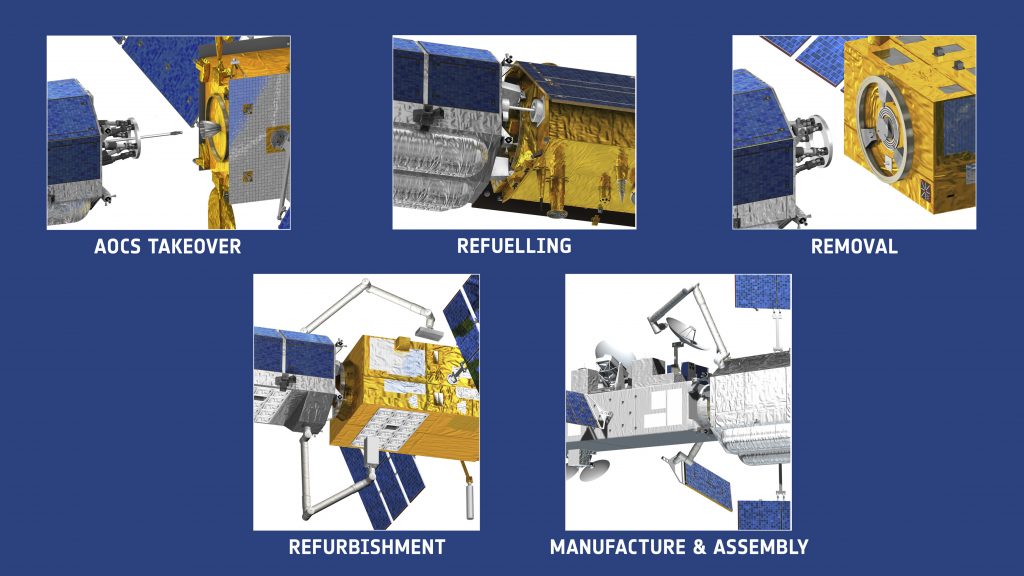
Previous ESA studies, carried out with European industry, have clarified the motivation for this innovative space ecosystem. A new SysNova call invites academic and industrial institutions across ESA Member States to join forces and propose solutions to the most pressing challenges in paving the way for a space circular economy.
WHY AIM FOR A CIRCULAR ECONOMY IN SPACE?
The benefits of the space circular economy go beyond achieving sustainability in space resource utilisation. This paradigm shift will enable the deployment of space structures that were previously unfeasible to launch from Earth, enhance spacecraft resilience and flexibility, and free space hardware from the harsh conditions of launch.
These advantages have been identified through a series of ESA studies, such as during the OMAR project (On-Orbit Manufacture, Assembly and Recycling). These studies showed that the development of a space circular economy could reduce launch masses by taking advantage of material, equipment or even entire assets that are already in orbit. This would lead to a reduced use of raw materials on ground and help to protect the Earth’s environment by limiting the exploitation of raw materials on-ground and lowering the number of satellites launches and re-entries.
Additionally, assembly and manufacturing space systems directly in orbit could lead to faster development times, as assets would be designed and tested directly in orbit. This would open up new avenues for technology and capability development that are currently constrained by launcher limitations.
Finally, implementing a circular economy in space could play an important role in guaranteeing the sustainability of the orbits by maximising the utilisation of existing space assets, therefore reducing the need for launching new satellites into already crowded orbits.
However, these potential advantages come with real challenges. In-orbit servicing, assembly, manufacturing, and designs, novel business models, and the development of cutting-edge technologies. Furthermore, the legal framework to support space circular economy activities is still evolving, with unresolved questions related to liability and licencing.
WHAT ARE THE CHALLENGES?
Previous studies have highlighted the challenges associated with realising the space circular economy. Such a development would require technologies ranging from standardized interfaces for manufactured spacecraft parts to methods for keeping complex mechanisms reliable in the harsh space environment. Moreover, the landscape of regulations and funding for circular economy activities requires thorough explorations. To make the circular economy a tangible reality, it is imperative to embark on innovative mission concepts and craft mission architectures that can fully support this visionary endeavour.
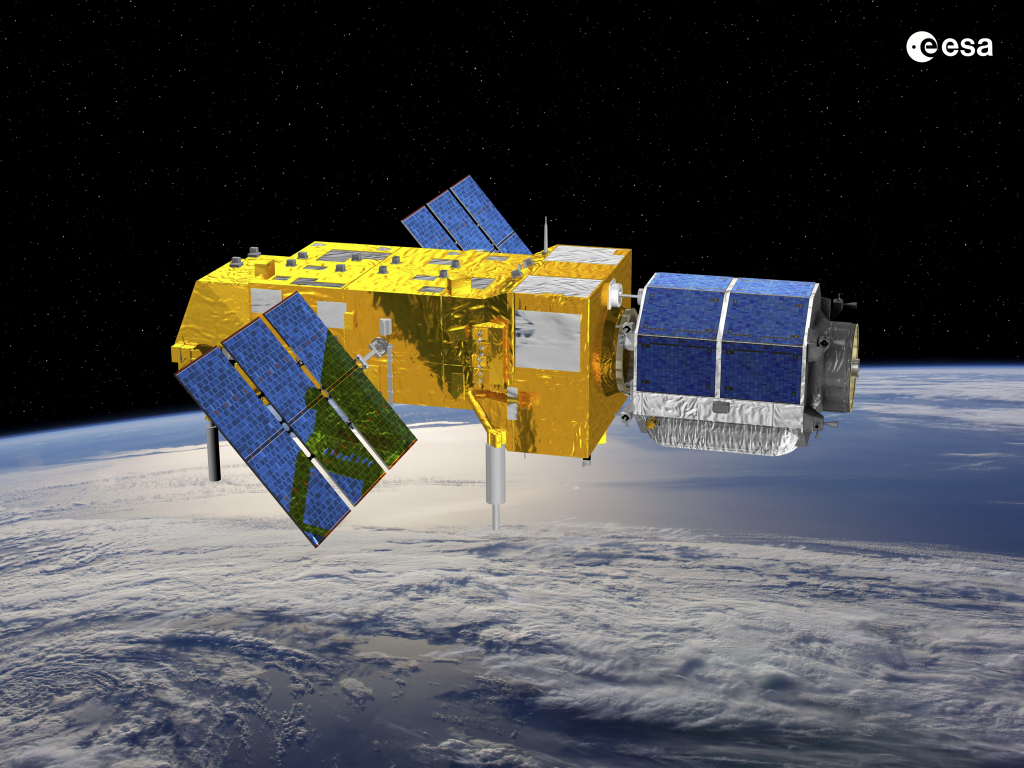
WHAT’S NEXT?
The path towards a circular space economy was a focal point of discussion at the 2023 ESA Clean Space Industry Days, leading to a white paper involving contributions from operators, integrators, suppliers, academia, and agencies. Building on these discussions and recognising the capabilities and aspirations of European industry, ESA has launched a SysNova campaign to solicit proposals for innovative new systems capable of providing on-orbit refurbishment, manufacturing, and recycling as part of a circular economy in space. In addition to soliciting cutting-edge technological solutions, ESA encourages participating teams to critically evaluate the advantages of their space circular economy system and to ascertain its benefits in the short-to-medium term. Participating teams, consisting of representatives from industry and academia, will compete for the chance to refine their proposal with ESA support.
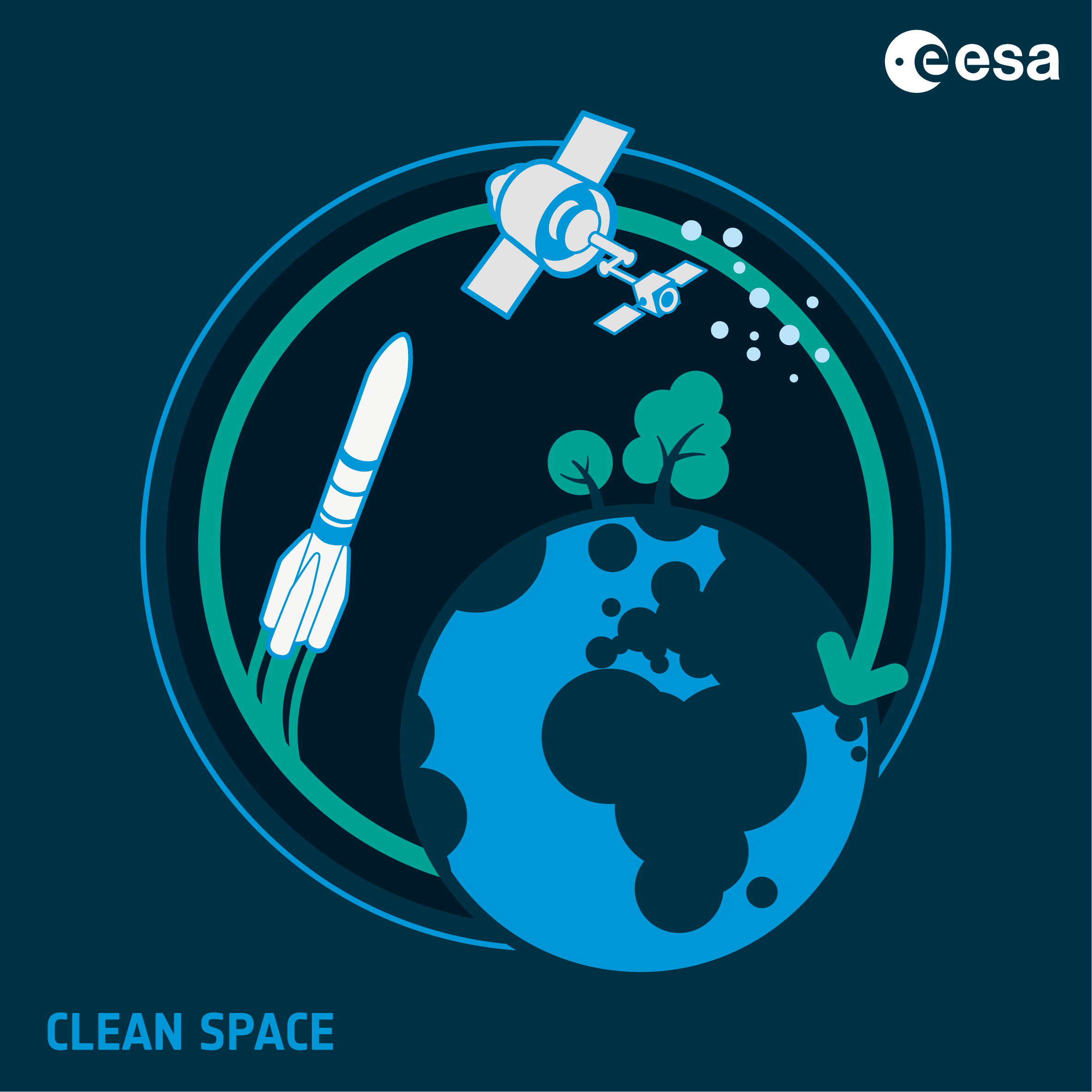

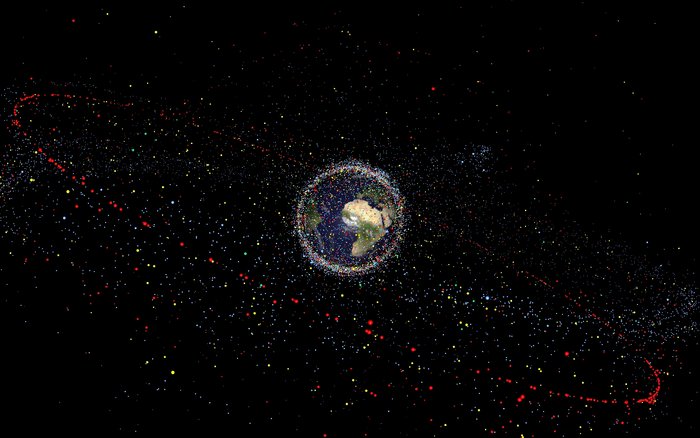
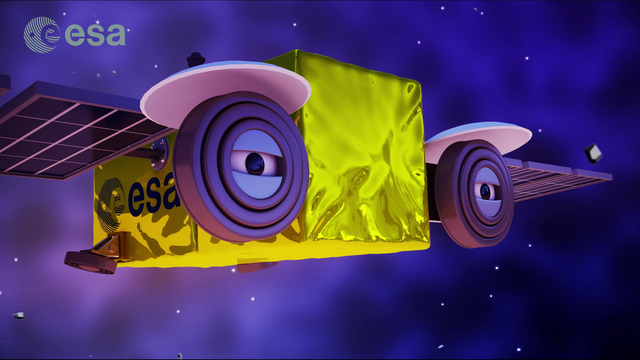
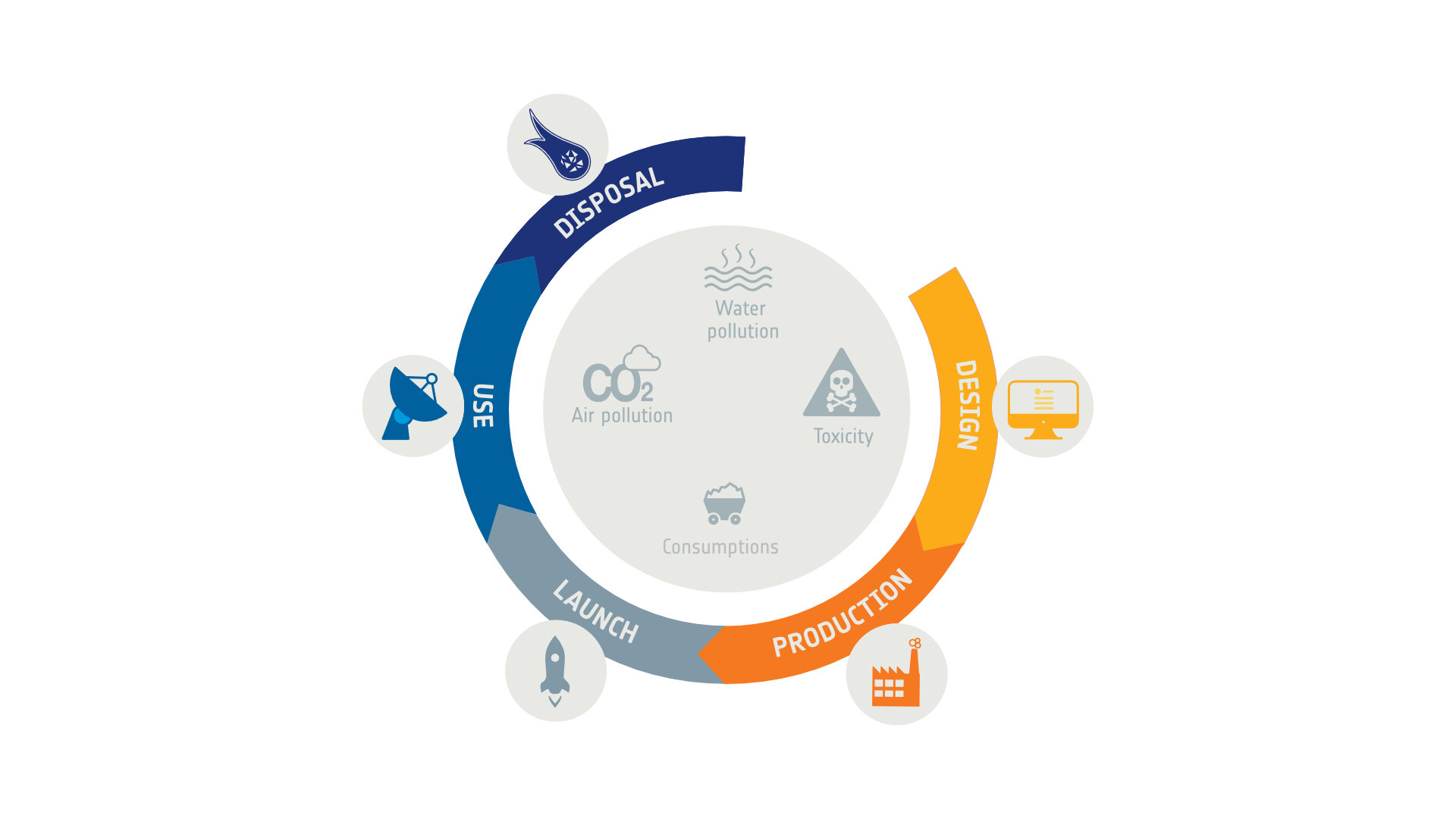
Discussion: no comments